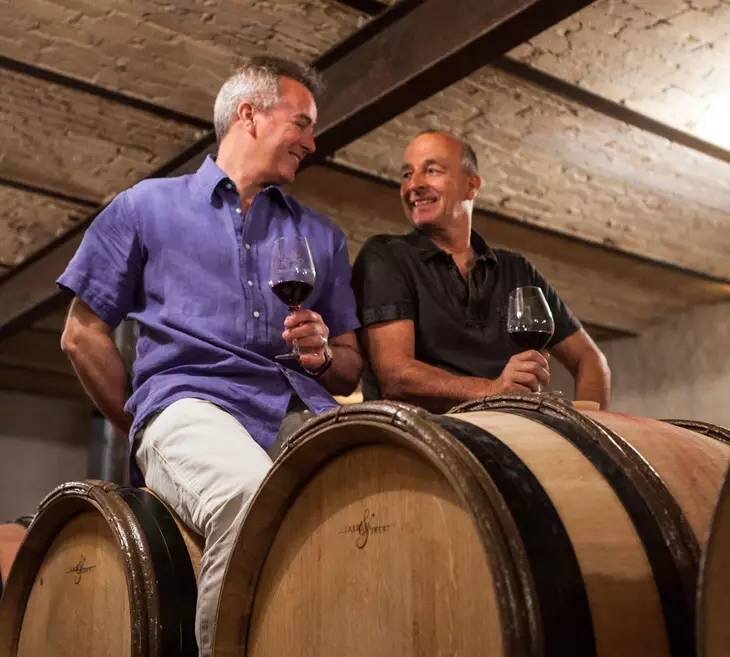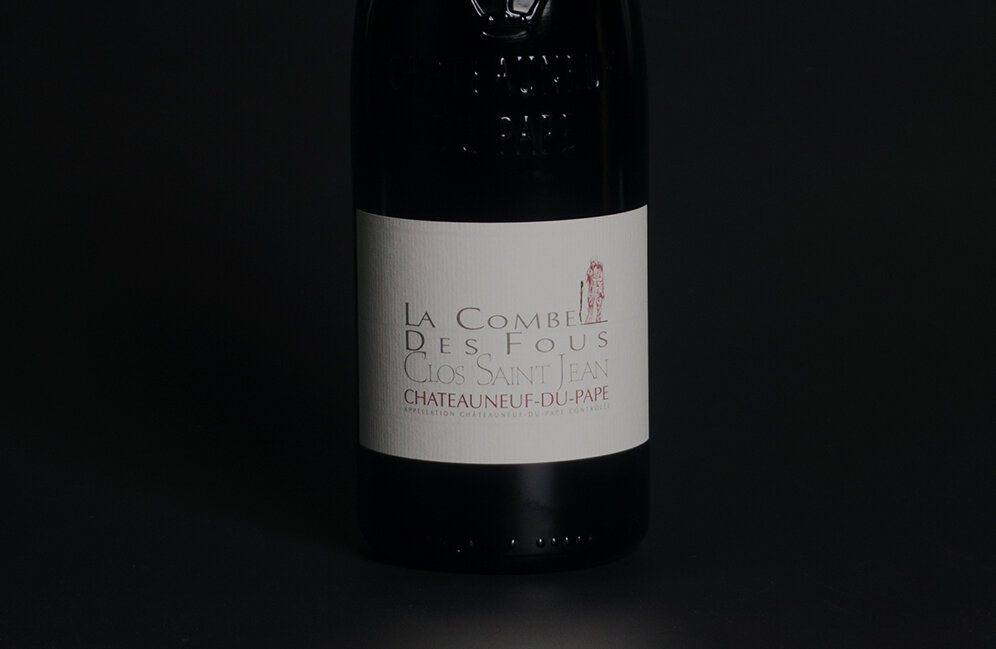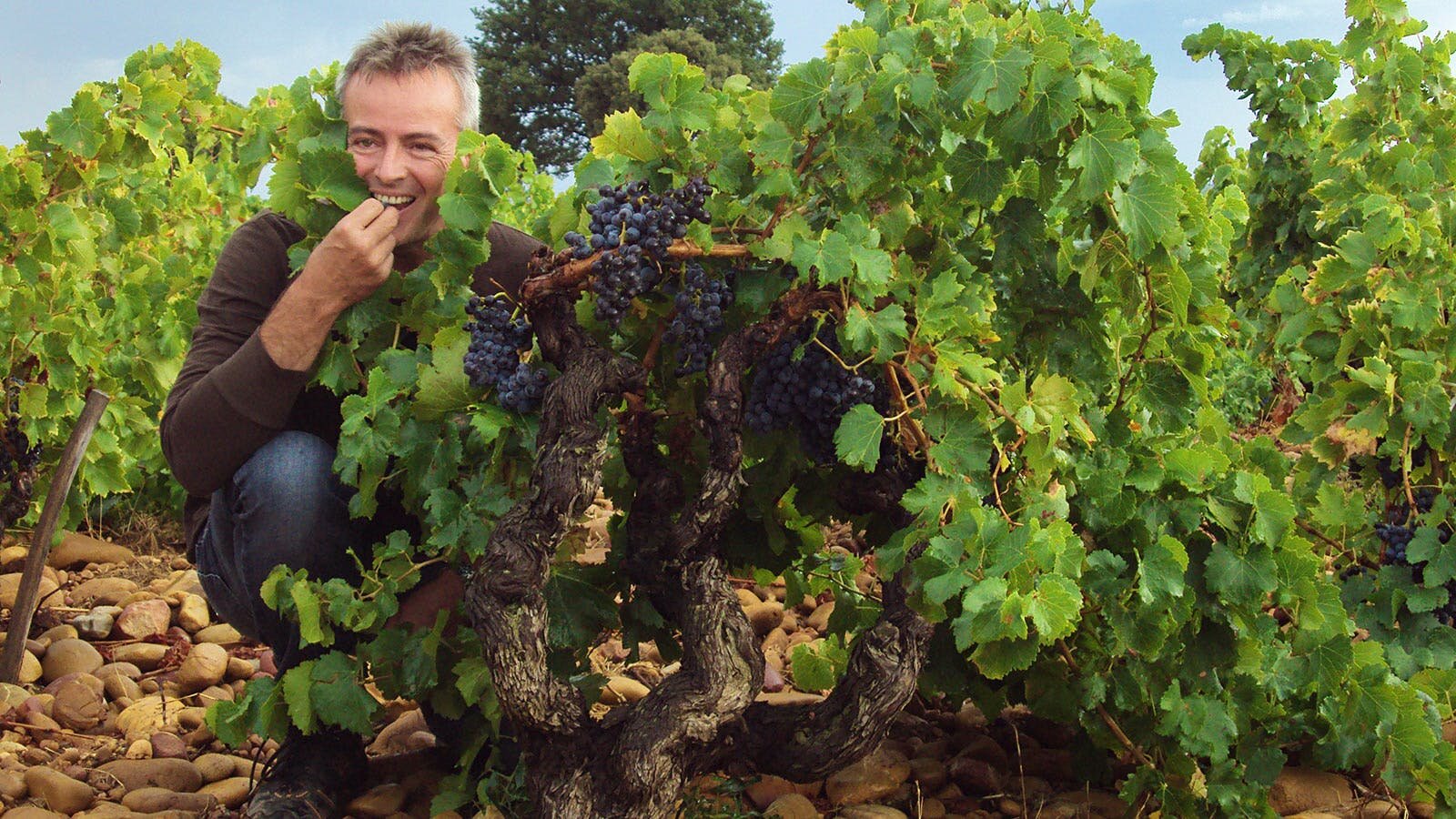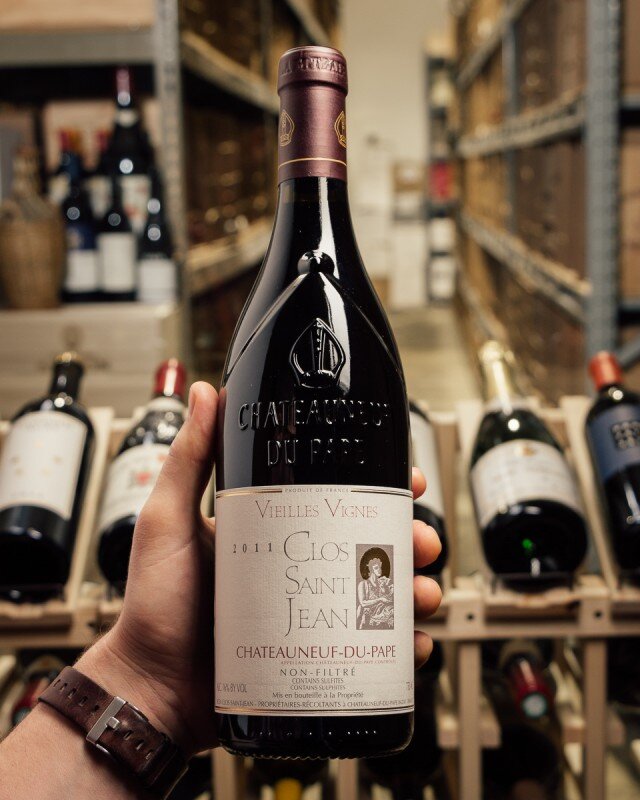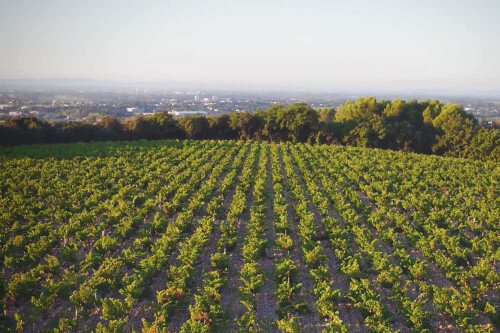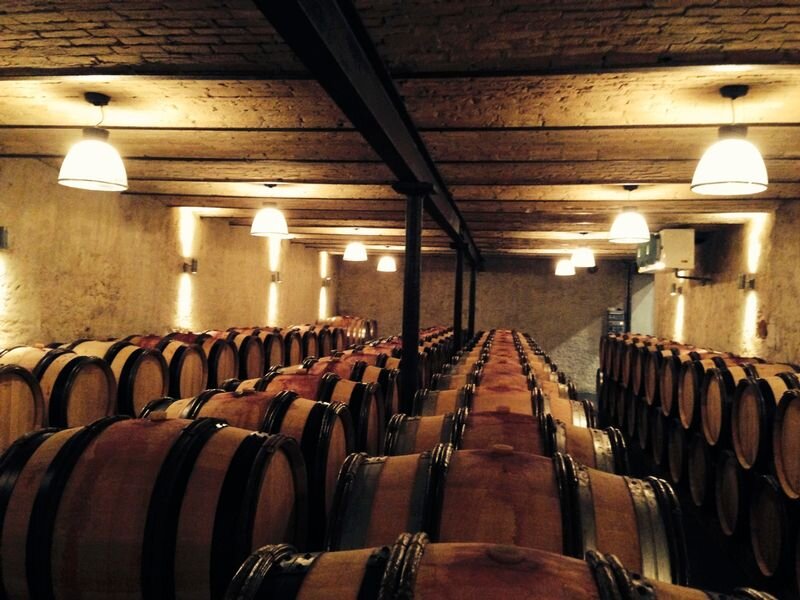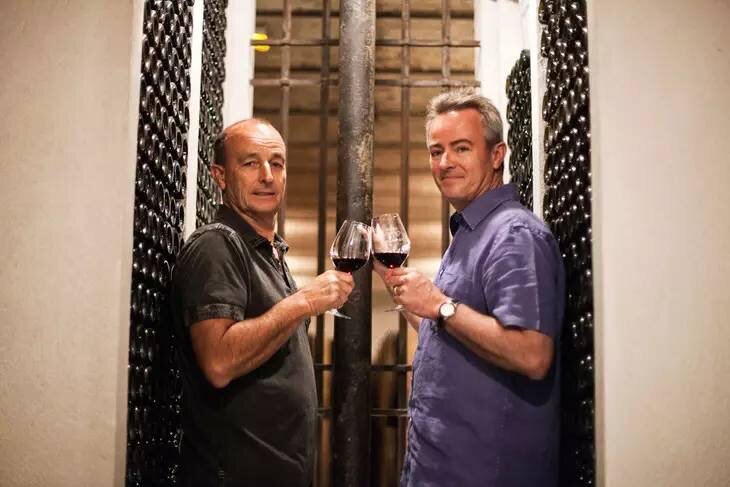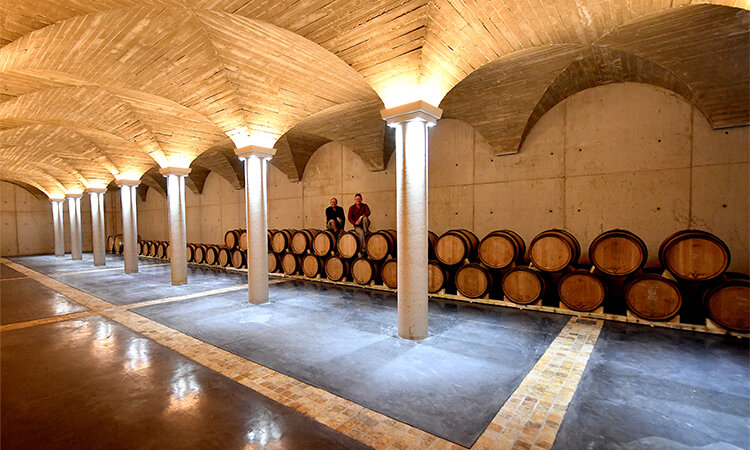CLOS SAINT-JEAN
Châteauneuf-du-Pape
Clos Saint-Jean is a family estate founded in 1900 by Edmund Tacussel. The estate started bottling and selling their wine in 1910. In 1930, the estate came to the management of Camille Maurel, Leopold Tacussel’s son-in-law and heir of the Maurel family, a long line of landowners and vignerons in Châteauneuf. In 1991, brothers Pascal and Vincent Maurel, the 5th generation of Tacussel/Maurel working on the vineyards took over. However, the most recent chapter in the estate’s history began only in 2002, when a lot of changes occurred, starting with the implication of Philippe Cambie as consulting oenologist.
The brothers look after 48 hectares of vines including some spectacular parcels of old vines. Out of their 48 hectares, only 1 hectare is planted with white grape varietals.
The majority of their holdings are in the southeastern sector of the appellation, in the region of Le Crau. The plateau of Le Crau is perhaps the most iconic of the many terroirs of Châteauneuf-du-Pape with iron-rich red clays topped with pebbles. The vines here are between 60 and 100-year-old. While about 60% of their vineyards are located on the plateau, specifically in the lieu-dits of Côteau de Saint-Jean and Cabane de Saint-Jean, another 40% are located in alluvial clay and sandy soils adjacent to the plateau. They also own a small parcel of Mourvedre in the lieu-dit of Bois-Dauphin near Château Rayas planted on sandy, limestone-rich soils.
In the Vineyard
Pascal and Vincent Maurel are firm believers that complete respect for the land and the environment is essential to achieving great wines.
The farming at Clos Saint-Jean is fully sustainable as the warm and dry climate precludes the need for chemical inputs.
The two brothers practice de-budding and green harvesting on the entire vineyard to control the yields. All of the work is done manually in the vineyard.
Harvest is conducted in several passages entirely by hand to unsure that the grapes are picked at their optimal ripeness.
In the Cellar
The winemaking here is traditional. Once harvested the grapes are transported to the cellar in small bins.
The white varieties are pressed directly with Grenache Blanc and Clairette being fermented and aged in stainless steel tanks, while the Roussanne is fermented and aged in barrels.
The red grapes are de-stemmed before fermentation. Macerations are long, averaging 35 days on the skins. The Grenache sees a gentle maceration with delestage, while the Syrah and Mouvrèdre receive pigeage. All of the Grenache is aged in concrete except Sanctus Sanctorum, which is aged in demi-muid. Syrah and Mourvedre are aged in barrels and demi-muids. For all the reds, aging lasts about 12 months.
Châteauneuf-du-Pape
La Combe des Fous
This cuvee comes from vines planted on the far southern reach of Le Crau on a deep layer of pebble. The blend is mostly Grenache, from old vines planted at the start of the 20th century with Syrah (20%), Cinsault (10%) and Vaccarese (10%).
The name, La Combe des Fous (hill of the fools), refers to what people said when Tacussel planted vines here as they thought it was foolish to let man and horse work in such a stony place.
Châteauneuf-du-Pape
Sanctus Sanctorum
Sanctus Sanctorum is only made in the best vintages and is comprised of the oldest vines of the estate, Grenache planted in 1905 in Le Crau. The wine is aged entirely in demi-muid and bottled in magnum.
For 2007, the debut vintage, just 350 magnums were produced.
Châteauneuf-du-Pape
Deus Ex-Machina
Deus ex Machina is a blend of old vine Grenache (60%) from La Crau, aged in tank with equally old Mourvedre (40%) from the sandy soils of Bois-Dauphin aged in demi-muid.
The cuvee is named after a literary and dramatic term for a miraculous intervention that interrupts a logical course of events in a plot or play.
Châteauneuf-du-Pape
This Châteauneuf-du-Pape blend is made of mostly Grenache (85%) with Syrah (10%), Mourvedre (3%) and Cinsault (2%).
Châteauneuf-du-Pape Blanc
This white Châteauneuf-du-Pape is made of equal shares of Grenache Blanc, Roussanne and Clairette coming from a total of 1 hectare of vines planted on clay limestone soil topped with pebbles.
Vin de Pays de Vaucluse
Les Calades
This cuvee is a blend of Grenache and Caladoc fruit grown on a small parcel of vines just outside the Châteauneuf-du-Pape boundary. Caladoc is a red French wine grape variety planted primarily in the southern wine regions. The grape is a crossing of Grenache and Malbec.
This wine is named after the regional French Calade that designates a street paved with pebbles in the Rhône.






